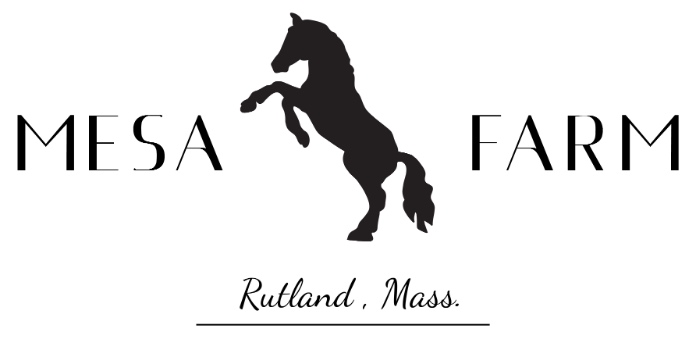April 28, 2020
Monday, May 11, 2020
Share
Sheep is going to be a heavy topic this week as we’re in the midst of lambing. I’ll start today by giving an overview of the sheep year as I generally manage them at Mesa Farm:
January and February: Recently pregnant ewes spend the winter eating hay, Since the lambs in their wombs are still very small, their nutritional needs are little more than maintenance. My 10 or so sheep get fed a bale or two of hay a day (with Allie, the donkey and Simon, the miniature horse).
March: Since sheep are in the third trimester of gestation I improve the quality of the hay.
Early April: I’ll give their annual vacination for tetanus and Chlostridium (a disease that can suddenly kill them when bacteria in their stomach get toxic). I’ll also trim their feet and check body condition by feeling the spine and ribs early in the month as a few ewes, especially if older or carrying triplets, may need extra nutrition in which case I may even sort out and feed a pound or two of oats each day to those individuals. Those selected to be fed grain quickly learn to sneak into a stall just inside the barn door each morning where they are fed and then returned to the rest of the flock.
Mid-April: I’ll shear the ewes to prepare them for warmer weather but also because it makes lambing easier as you can more easily see their development and signs of giving birth. It makes finding the udder easier for the lambs as well.
Ewes are put on pasture daily if any grass is growing to improve nutrition and reduce need for feeding hay.
Late April and May: Lambing takes place after about a 148 day gestation. Ewes are separated from others just before or after giving birth to allow closer observation and make it easier for them to bond with their lambs. We’ll get into all these details tomorrow. Sheep are taken to grazing areas near the barnyard daily so observation can happen and because it is hard to move little lambs! They are returned to the pen at night for shelter and protection from coyotes. Ewes with newborns are added to the flock after a day or two if all seems to be going well with them.
June: Males are castrated. Pasture continues. Lambs are given the tetanus/Chlostridium vaccination. The hay field (where the new fence is replacing the old one) is cut and harvested to provide winter feed.
July-Sept: The flock, now doubled or nearly tripled in numbers, is grazed in pasture. The primary pasture also served as the hay field and now the regrowth of that grass is graze section by section, or what is called “rotationally”. The sheep manure is also concentrated in each of the grazing sections (like squares on a quilt), fertilizing evenly as they move through the field. Grass is most nutritious when it is young and vegetative and rotating where they graze helps manage the sheep and pasture for optimal production. Grazing it thoroughly followed by giving it a rest period allows it to regrow, provides premium nutrition and more feed throughout the summer into fall then just letting it grow and get mature.
Ewes of most breeds will begin their reproductive cycle again sometime in August (some breeds are in cycle and can get pregnant year-round), stimulated as the days get shorter. The cycle is about every 17 days. Rams need to be removed from the flock by early August unless you want lambs in the middle of the winter.
October: Lambs weight 100 pounds or more by this time and are either saved for breeding stock or marketed by the time the grass quits growing and becomes less nutritious.
November: Back to just the basic breeding stock eating less mature (less nutritious) pasture or back on hay.
December (or sometimes late November). The ram is introduced to the flock for breeding. The ewes will only accept the ram during the day of ovulation and most ewe flocks get on a pretty similar and regular cycle. Still, one ram can often service a 30 or 40 ewe flock. A ram can be pretty randy starting in September until the ewes are all pregnant. It takes a sturdy fence to keep them separate!
Of course the management plan and what actually happens aren’t always the same! But April and May is when the sheep flock need lots of attention. Most of the year they are just wooly animals you feed hay or have Cooper move in or out of the pasture two times a day!
First photo: Some fencing is getting done.
Second photos: Lambing season is in full swing.

